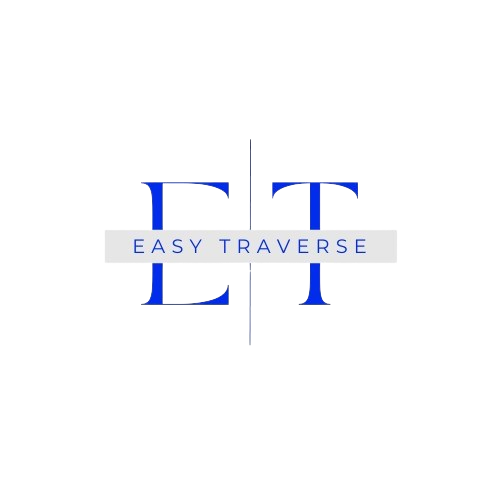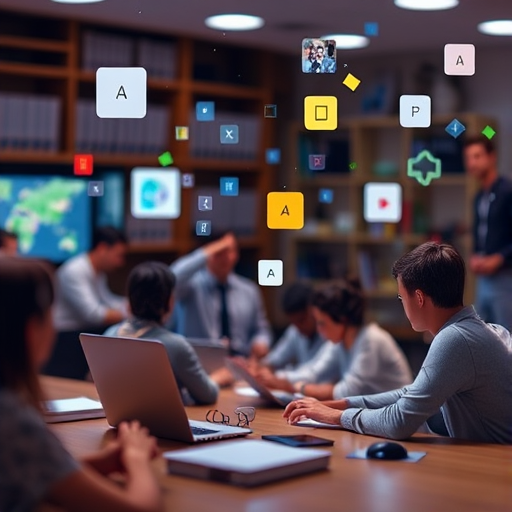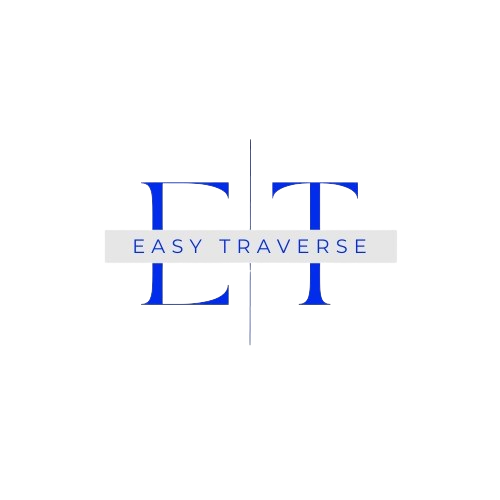Microlearning is an educational approach that focuses on delivering content in small, focused chunks. It typically involves short learning sessions, ranging from just a few minutes to around 15–20 minutes, designed to teach specific concepts or skills. This method is quickly gaining popularity in both formal and informal learning settings due to its effectiveness, flexibility, and ability to meet the demands of modern learners. Here’s a deeper look at how microlearning is reshaping education:
1. Increased Engagement
Traditional long-form learning can sometimes lead to disengagement, especially in an era of information overload and shorter attention spans. Microlearning addresses this by offering bite-sized content that is easier to digest. Short sessions make it easier for learners to stay focused and engaged, as they don’t have to commit to long hours of study at once.
- Why it matters: Learners are more likely to stay engaged when content is brief, relevant, and directly applicable to their goals. The quick feedback loop inherent in microlearning allows for better attention retention and deeper engagement with the material.
2. Flexibility and Convenience
Microlearning is incredibly flexible, allowing learners to engage with content whenever and wherever they have time. Whether it’s during a commute, a break at work, or before bed, learners can access short lessons that fit their schedule. This is particularly valuable for busy professionals or students with packed routines.
- Why it matters: The convenience of microlearning makes education accessible to a broader audience, including those who may not have the time or resources for traditional long-form courses. It allows for continuous, on-the-go learning that fits into daily life.
3. Improved Retention
One of the key benefits of microlearning is its focus on small, manageable amounts of information. This method takes advantage of the “spacing effect,” where information is presented in intervals over time, promoting better long-term retention. Microlearning often involves repetition and reinforcement, helping learners solidify what they’ve learned.
- Why it matters: Shorter, more frequent learning sessions improve retention and recall by reinforcing information and allowing learners to absorb it in smaller, more digestible pieces. This makes it more likely that knowledge will stick.
4. Personalized Learning
Microlearning allows for more personalized learning experiences. Since the lessons are short and modular, they can be tailored to meet the specific needs and goals of individual learners. People can focus on the areas where they need the most help, skipping over content they already know.
- Why it matters: Personalized learning paths are essential for ensuring that each learner is getting the most out of their educational experience. Microlearning’s flexibility enables educators and learners to customize content based on skill levels, interests, or specific learning objectives.
5. Cost-Effective
Microlearning can be more cost-effective than traditional forms of education. Because the sessions are shorter and the content is often digital, there are fewer production costs involved. This can make learning more affordable, especially when it comes to upskilling or professional development programs for employees.
- Why it matters: For businesses or educational institutions with tight budgets, microlearning provides a cost-effective way to deliver high-quality education without the need for expensive, long-duration training programs. It reduces the time and resources required for instructors and learners.
6. Adaptability for Different Learning Styles
Microlearning accommodates a variety of learning styles. It can include text, video, interactive simulations, quizzes, and other formats, allowing learners to engage with content in a way that suits them best. This diversity in delivery methods helps make learning more accessible to a wide range of individuals.
- Why it matters: Learners absorb information in different ways, and microlearning can accommodate those preferences by offering various formats. This adaptability ensures that more people can effectively engage with and understand the material.
7. Promotes Continuous Learning and Just-in-Time Knowledge
Microlearning fits seamlessly into the modern focus on continuous learning and upskilling. The method is often used to provide just-in-time learning, where learners access information they need immediately to solve a problem or perform a task. This is particularly useful in fields that require quick adaptation to new technology or industry standards.
- Why it matters: In fast-changing industries, it’s crucial to stay up to date with the latest developments. Microlearning allows employees to acquire knowledge in small doses when they need it most, enhancing their ability to adapt quickly and perform effectively.
8. Scalability in Education
Microlearning can be easily scaled to meet the needs of large groups of learners, especially in digital formats. Whether it’s an entire workforce or a global student population, microlearning content can be disseminated efficiently and at scale, without the need for one-on-one instruction or lengthy courses.
- Why it matters: The scalability of microlearning allows for widespread access to high-quality education, even in large organizations or educational institutions. It ensures that learners can access the same content across different locations and devices, fostering equitable learning opportunities.
9. Improved Focus on Specific Skills
Rather than focusing on broad knowledge areas, microlearning is often centered on specific skills or competencies. This makes it particularly effective for targeted skill development, such as learning software tools, soft skills, or language vocabulary. Learners can quickly gain proficiency in a single skill and move on to the next.
- Why it matters: By breaking down learning into focused, manageable chunks, microlearning allows for more efficient skill development. Learners can hone in on the specific competencies they need without getting overwhelmed by unrelated content.
10. Engagement with Gamification
Microlearning lends itself well to gamification, where learning experiences are structured as games or challenges. This can involve points, badges, leaderboards, or challenges that motivate learners to continue engaging with content and complete learning tasks. The small, frequent rewards in microlearning can drive consistent progress.
- Why it matters: Gamification taps into the motivational power of rewards, competition, and achievement, making learning more enjoyable and engaging. This can encourage learners to stay on track and complete learning objectives with enthusiasm.





